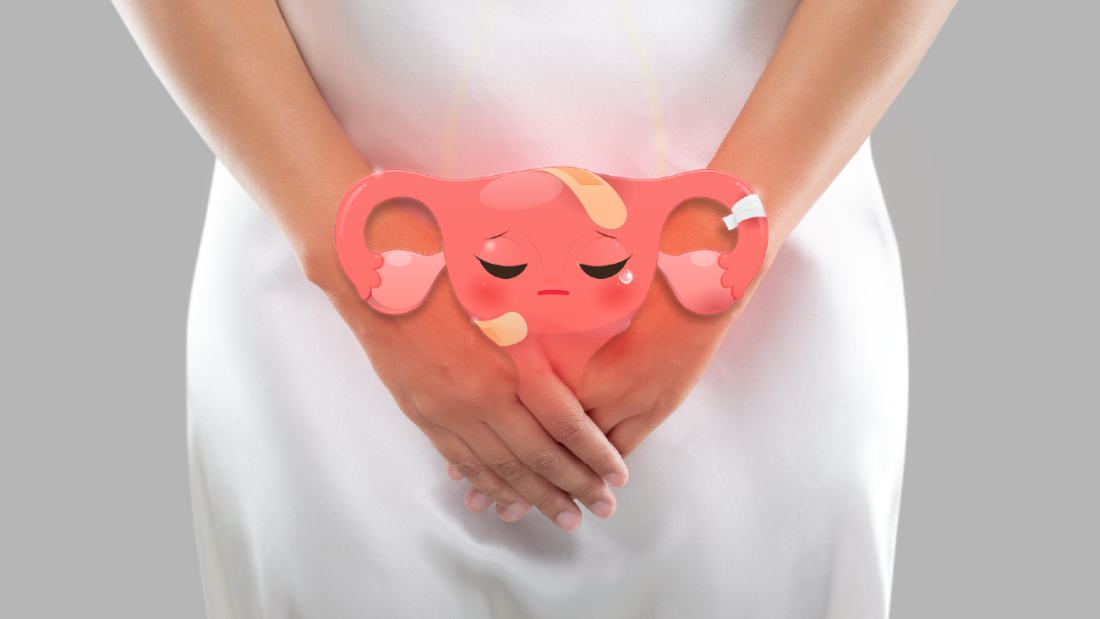This March is Endometriosis Awareness Month! It is a month where many come together to raise awareness, educate, and support those diagnosed with endometriosis. According to WHO, it affects around 10% (190 million) of women and girls globally.
Endometriosis is an inflammatory condition where the tissue (similar to tissue found in the lining of the uterus) grows in patches in other places in the pelvic cavity and outside the uterus. Doctors often refer to these patches as implants, nodules, or lesions. This condition often leads to symptoms such as:
- Painful periods
- Heavy periods
- Premenstrual spotting or bleeding between periods
- Chronic pelvic pain
- Pain during sex
- Painful bowel movements and/or urination
- Abdominal bloating and nausea
- Infertility issues
- Fatigue

As of now, there is no cure for endometriosis. However, we encourage women to meet with their doctors to discuss their symptoms and figure out what treatment plan can suit them better when it comes to controlling and managing their symptoms.
However, not all treatments may work, and symptoms may return once someone stops their treatment- or if time passes after a procedure (such as surgery). Some women may even experience milder symptoms after menopause- but there is no way of knowing how much pain one will feel (or what may trigger it).
On top of this difficulty of managing symptoms, we also acknowledge that getting an accurate diagnosis can be difficult for some. Feelings of pain are often confused for being a mild symptom of one’s menstrual cycle. Some women may have no symptoms at all. Besides, surgery is currently the only way to confirm a diagnosis (known as a laparoscopy). A healthcare provider may use imaging tests (sun as ultrasounds or an MRI) to locate nodules or cysts. However, they will not help diagnose small lesions or adhesions.
All in all, endometriosis is a condition that affects many women worldwide- and in different ways for each individual. Science and research have come a long way in finding/learning more about this condition- and it has led to many advancements in medical treatments. However, there needs to be more research on this condition to understand better the causes, risks, etc.- and to develop better treatments, methods of diagnosis, and (possibly) a cure.
In light of bringing awareness to this condition that affects so many women and girls, we would also like to celebrate International Women’s Day this March 8th! Stay healthy, and remember to take the time to care for yourselves and your mental/physical health!
Sources:
www.nichd.nih.gov
www.who.int
www.internationalwomensday.com
www.cochrane.org
Brought to you by Fomat Medical

